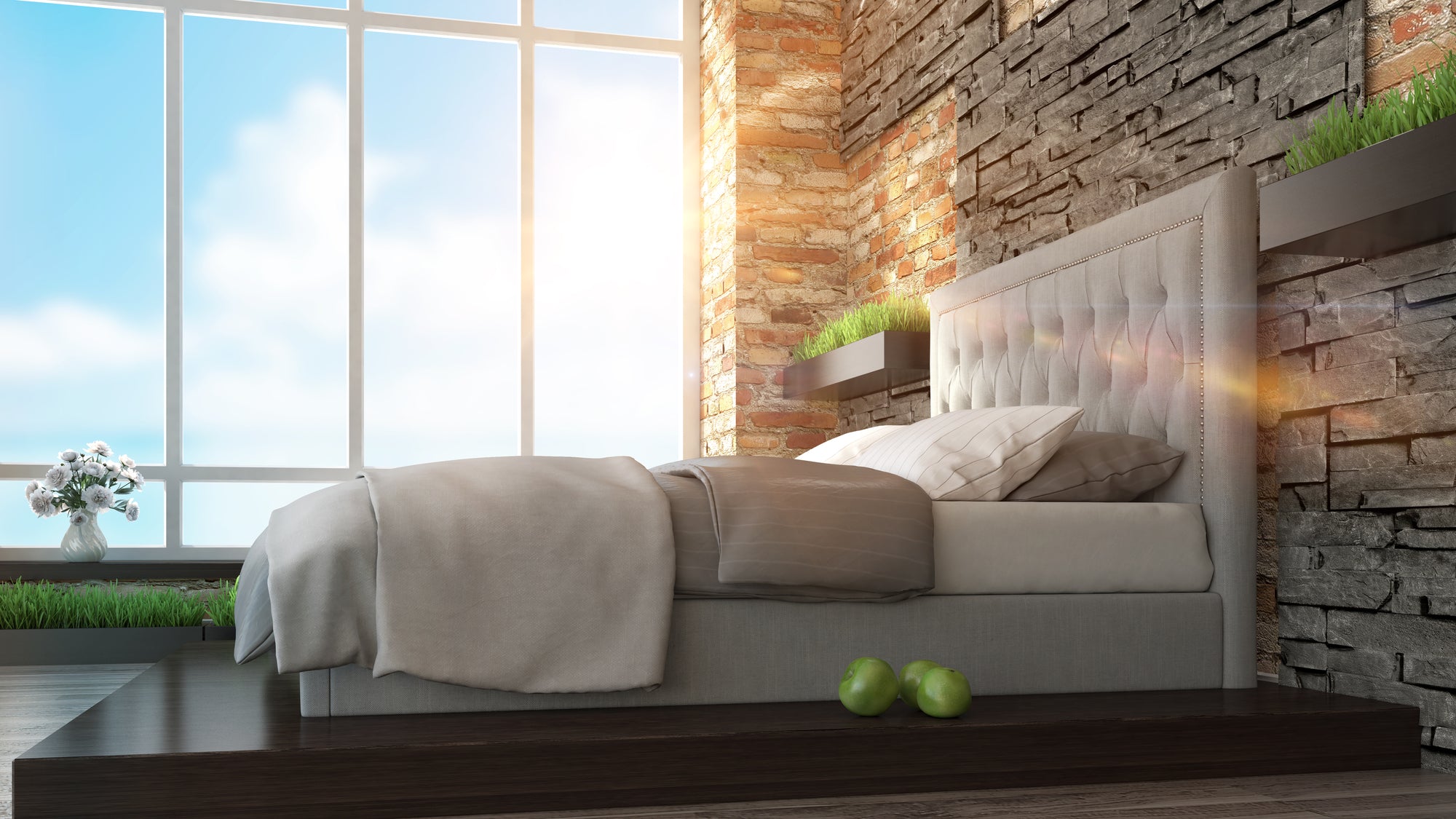Improve Your Sleep Environment | Part 5: Change Your Mattress to Latex–or Maybe Memory Foam


A good night’s sleep can be hard to come by—so I’ve been exploring ways to improve your sleep environment in my most recent blog series. When your sleep environment is serene and you have a comfortable bed that tempts you to crawl between the sheets, you’re more likely to go to bed early enough and to sleep well once you’re there.
Your Mattress Affects Your Sleep Quality
Last time, I covered ways to create a soothing sleep space. This week, we’ll have a look at some of the best mattress types on the market. “Sleeping cheap” can make your sleep feel cheap—so take the time to know what your options are, make an informed decision, and invest in the best mattress your budget can accommodate. It’s a big topic, so I’m further subdividing my “Improve Your Sleep Environment” blog series to make room for three mattress blogs.
Today, we’ll explore luxury mattress types for the 21st century—where technology and science meet the most basic of human needs. Here are two of the best mattress types on the market, what they have to offer, and where their shortfalls lie.
- Memory foam: First developed by NASA, memory foam conforms to the contours of your body and returns to its original shape when you get up. For people who tend to feel cold, memory foam can be a plus since it tends to ‘sleep hot.’ Note that your body warmth can actually affect the foam’s firmness, so your bed may actually get a little softer while you sleep.
- Latex: Latex mattresses are the new luxe standard in bedding—potentially green, eco-friendly, chemical free, firm or soft as the sleeper prefers, body-contouring, and absolutely luxurious. A pure, all-natural botanical latex mattress is made from the liquid latex “sap” of the rubber tree, vulcanized through space-age processes to create a thick foam. They can be expensive and heavy and need a specialized frame—but they can last for 20 to 50 years with proper care and may actually offer relief from some medical conditions.
Latex foam is my usual suggestion for almost any sleeper (of any age) looking to upgrade to a better mattress. Occasionally I come across someone who honestly prefers memory foam—because it helps them feel warm and cozy, because it’s soft and moves slowly to conform to the body, or because of the widespread sense that memory foam is a desirable commodity. To each their own.
Next time, I’ll walk you through some of the other common mattress types on the market today. In the last “Improve Your Sleep Environment” blog, I’ll focus on latex—my personal recommendation for troubled sleepers.
Author Bio: +Michelle Gordon is a sleep expert who researches and writes about sleep and health, and is an online publisher for the latex mattress specialist Latexmattress.org.



